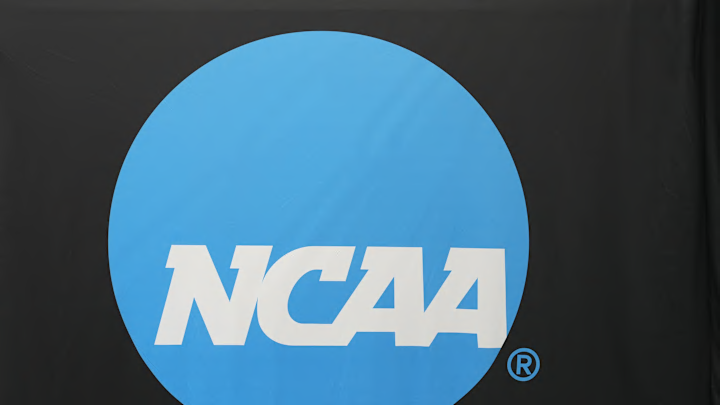Effective July 1st, 2021, athletes were permitted to be paid based on their name, image and likeness. You may have heard of the term “NIL,” which is the acronym for the aforementioned name, image and likeness.
How did NIL First Come About?
The discussion of paying athletes has been around for years. Legally, the one way players could be compensated monetarily in athletics per the NCAA was by academic scholarship. Furthermore, athletes were not even allowed to work.
Despite going to college “for free,” student athletes still felt in a bind, especially considering how much money the NCAA was making.
What Ways did the NCAA Capitalize on Student Athletes?
Any time an athlete sold a jersey, attended an autograph session or event, all of the profits went to the university and the NCAA prior to July 2021.
According to NCAAorg , “NCAA schools across all three divisions reported total athletics revenues of just over $18.9 billion dollars in 2019.”
According to Investopedia https://www.investopedia.com/articles/investing/031516/how-much-does-ncaa-make-march-madness.asp , when it comes to March Madness, “the NCAA pulls in about $1 billion each year in revenue from media rights,
What Happens to Athletes that Played Before NIL was Allowed?
One example of this would be Johnny Manziel. Manziel recently appeared on the Netflix documentary, Untold: Johnny Football which gave an inside look into how much the NCAA and Texas A&M capitalized on Manziel’s name, image and likeness. Manziel himself did not get a dime.
The documentary estimates that Manziel’s Heisman Trophy brought in $37 million in media exposure for Texas A&M. The film also goes into how Texas A&M was able to expand its stadium due to the success of Manziel and the income that came into the university as far as jersey sales, season tickets and other things. Again, Manziel did not get a dime.
